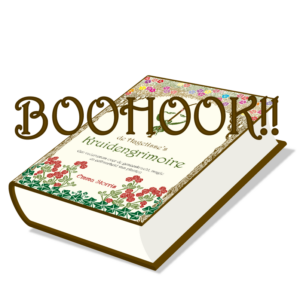
I was already intrigued by this plant as a child, which is why I prefer using it over tormentil, Potentilla erecta, a better-known plant with largely the same effect. I think this is because of its nickname, snake weed. I learned at a young age that this name came from the shape of the root, but that didn’t lessen my fascination.
I would like to mention that there may be some confusion about the Latin name of this plant. You can also encounter bistort as Persicaria bistorta and Bistorta officinalis. I stick with Polygonum bistorta, because to me it represents its most important properties: the plant belongs to the knotweed family and has a twisted root.
It is precisely that root that is so important to those who want to use the plant. Whether for its medicinal or magical effects, the root is what we need. It is definitely a nice extra that bistort blooms beautifully and exuberantly. That is why you can find this plant in many gardens nowadays.
From a medicinal point of view, bistort is useful against disorders of the gastrointestinal tract. Its other main medicinal use is against diseases of the skin and mucous membranes.
Magically, the bistort is of interest to those who could use some luck or money or would like to have children. It is a herb that can be used for divination and to strengthen your psychic power. You drive unwanted entities out of a building and distinguish friend from foe with it as well.
Bistort owes its name to its snake-like root that is twice – bis – twisted – torta. On top of the root system, you will find a root rosette with elongated ovate leaves that are medium green to dark green in colour.
A single stem rises from the rosette with the spike-shaped inflorescence at the end. The stem leaves are shorter than the rosette leaves. The latter have a truncated or cordate base.
The flowers are close together on the spike and are light to dark pink. They consist of five perianth segments, eight stamens, three fused carpels and three free styles. The seeds are dark, shiny nuts.
Bistort can be used to tan leather because it contains so many tannins.
Basic membership is free. A plant monograph contains:
It's not allowed to copy content of this website
and view hidden content
